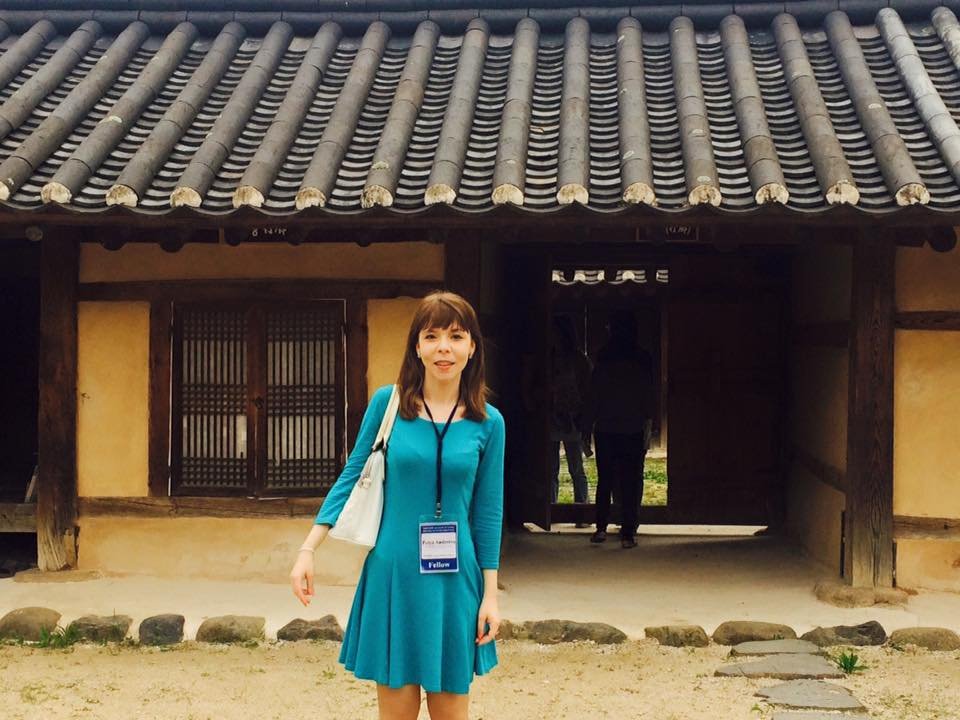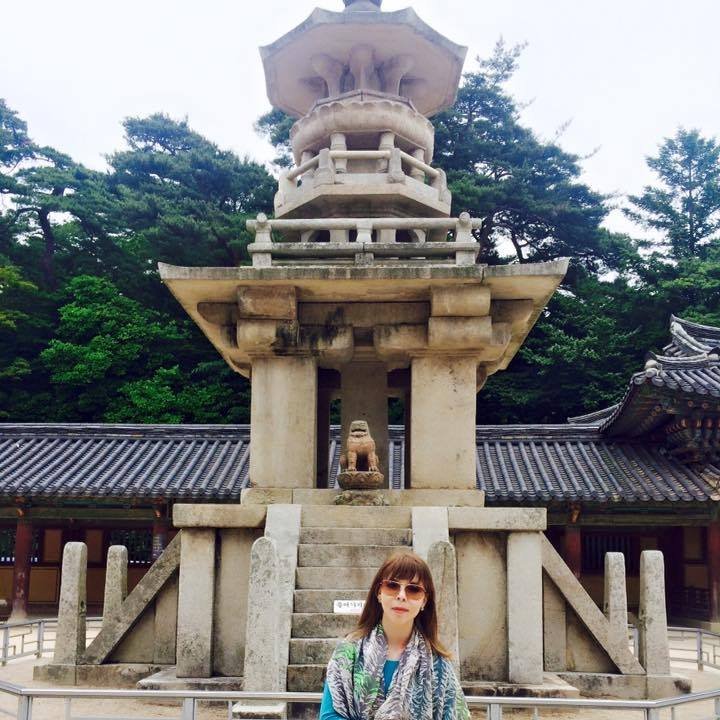
Petya Andreeva
Petya Andreeva is Assistant Professor of Asian Art and Design History at ADHT at Parsons School of Design. Petya studies the dissemination of body adornment and design concepts across premodern trade networks, namely the Silk Roads in Afro-Eurasia.
Petya Andreeva is an Assistant Professor of Asian Art and Design History at ADHT at Parsons. She received her PhD in East Asian Languages and Civilizations at the University at Pennsylvania. Petya studies the dissemination of body adornment and design concepts across premodern trade networks, namely the Silk Roads in Afro-Eurasia. Her scholarly inquiries are currently focused on the lives of ancient Eurasian nomads who were not only important intermediaries across those routes but also independent designers, thinkers, and inventers. As an area studies scholar working across art history, sinology, cultural history, anthropology, she investigates how the pastoral nomadic artisans of Central Eurasia visualized their ecological environments by constructing alternative ecosystems and notions of animality through zoomorphic design on portable luxury objects. Her forthcoming book Fantastic Fauna: The Making of Zoomorphic Visuality on the Eurasian Steppe aims to center the lives of ancient nomads whose voices have been continuously muted in the art-historical canon. Petya’s research has been published in five peer-reviewed journals and has received two international awards, including the UNESCO Silk Road Research Grant. She derives her intellectual drive from her conviction that the ancient world is a valuable source of lessons for us and should not be viewed in a historical or conceptual vacuum.
At GIDEST, Petya will work on her second book project. While her first book focuses on the zoomorphic ornament which was created and disseminated by Iron-Age nomadic communities, her new monograph examines the aesthetic choices of their later nomadic successors in Central Eurasia from the Mongol era to the present day. Through a mixture of art historical and ethnographic methods, Petya studies the engagement of medieval and early modern nomads with the ancient techniques of felting and metalworking of their predecessors, as well as their frequent return to a centuries-long design strategy based in zoomorphism. Her preliminary observations are that the designs generated within inherently loose pastoral collectives have always been rooted in a very particular form of zoomorphism, reflective of the nomad’s structured migratory patterns, greater exposure to various ecosystems, and anxiety about the unstable structure of their diverse alliances. At the heart of her present study is the craft of felting, or, more specifically, textiles like shyrdak and ala kyiz which are still being produced in Central Asia and echo the metonymic zoomorphic expression of ancient nomads. She will also argue that during especially tumultuous historical periods (such as epidemics), the ruling elite in pastoral societies turned to ancient crafts to solidify their legitimacy within the collective and standing within the larger political landscape of Eurasia.
